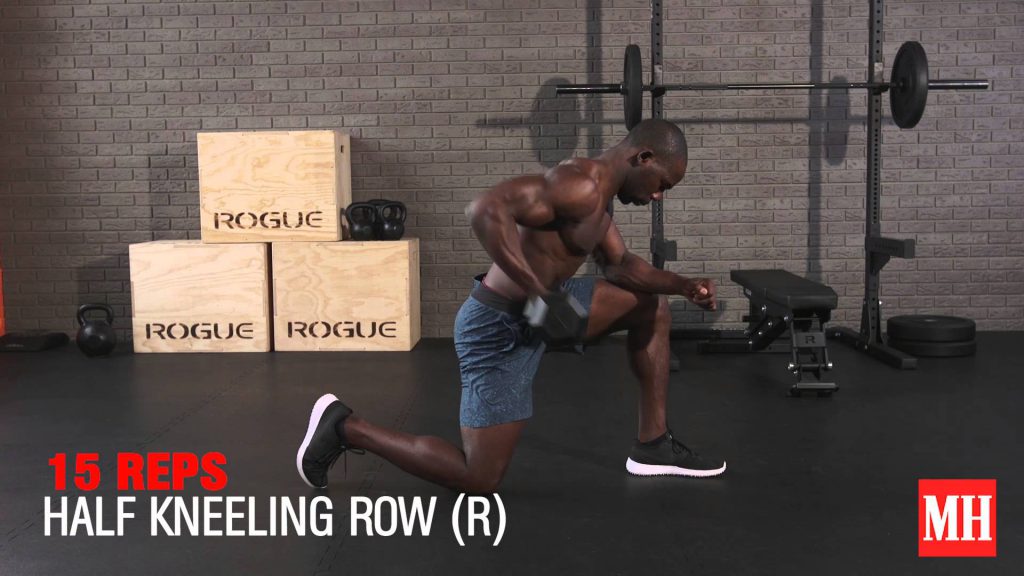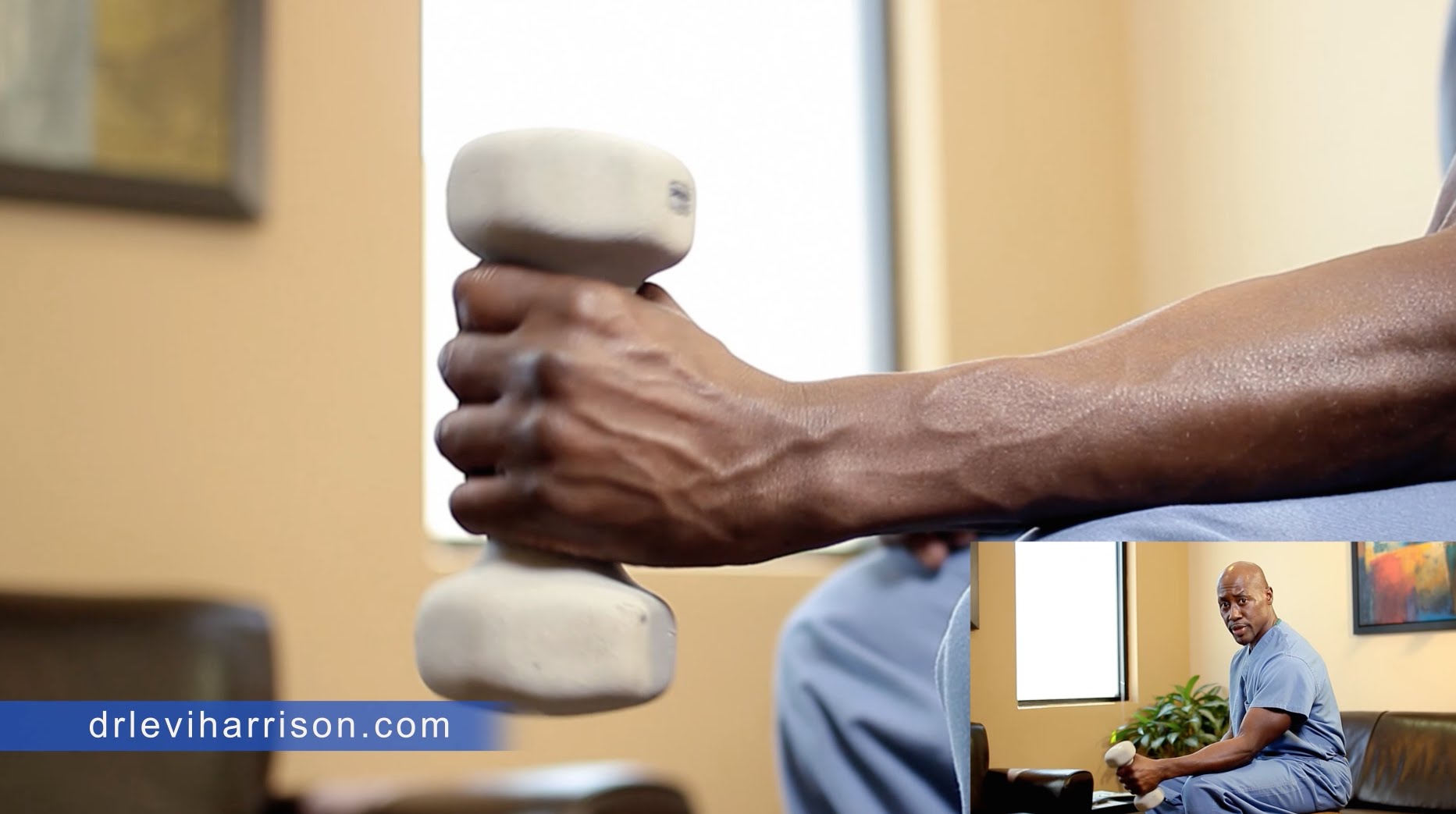Confidence From Exercise
Confidence is a feeling or belief that you can do something well or succeed while doing it. Developing one’s confidence will come from a dedicated exercise program.
Anger is better controlled through a steady exercise schedule. Exercise enhances a person’s physical preparedness and emotional outlook while reducing stress. It releases pent-up, nervous energy that would otherwise fester within someone’s psyche. Furthermore, we know that endorphins, chemicals released by the pituitary gland during vigorous exercise, improve one’s overall mood. Regular exercise can also decrease the risk of chronic health conditions such as heart disease and cancer.
As people age they become more stiff–specifically their back. Some type of daily fitness program is very good for your back, especially your lower back. An exercise program that emphasizes cardiovascular strength, flexibility and strength training is an excellent route to the overall improvement of your health. Activities that are least likely to exacerbate chronic lower back pain include biking, hiking and swimming.
Activities with more risk for creating, or adding to back problems are sports such as baseball, football, basketball, bowling and golf.
It is important to breathe properly. Clearly, oxygen is the key to life. How well we perform during exercise depends upon our oxygen intake. Always breathe in through your nose and out through your mouth. Oxygen absorbed through the nose reaches the blood many times faster than air coming in through the mouth. Breathing this way greatly reduces your recovery time and will have you quickly back in high gear.
Be certain to warm up before you exercise and cool down when you’re finished. Done properly, stretching can prevent injuries like strains, sprains and shin splints. A comprehensive warmup increases the range of motion in joints and increases blood circulation. Having been away from real exercise has allowed your once youth fully limber body to stiffen; please get back on track. Try to hold your stretches-bouncing is not beneficial and may be harmful. Over-stretching can also cause injury. If you’re stretching to the point where you feel pain, stop. Don’t overdo it. Too much too soon can be more harmful than not starting a good program. When feeling pain in you joints or muscles, give yourself a few days to rest until the pain goes away. If the pain continues, or if your legs or feet become cool or pale see your doctor immediately.
If you don’t have a regular exercise routine, here are some simple suggestions for adding more activity into your daily life: Park the car farther away from your destination than you normally would. This will force you to walk more. Some people say, “I don’t have time to walk more.” You just made more time. Make excuses for why you can accomplish things that are healthy for you; dispense with why you cannot. When possible allot fifteen minutes before or after you eat lunch to go for a quick walk. Exercise with a group. Peer pressure to not quit may spur you onward. Perhaps you need the presence of others to keep you going further and farther. At work, walk the halls briskly or take the stairs to get your blood pumping faster. When the weather is bad, go to the nearest mall and walk briskly. Add some fun to your routine by taking a dance class. It’s a great way to socialize and exercise at the same time. Yes, dancing is sexy–just ask your significant other to go dancing. When the person passes out from the shock that you asked be prepared to administer fast mouth-to-mouth resuscitation; consider it a sneaky way to get that long overdue kiss.
Remember exercise needs to feel a little bit like work for it to work for you. You can challenge yourself by performing your regular exercise more quickly than usual or doubling the amount of time you usually devote to it. You can also add weight training to your routine. Lifting lead is more difficult than lifting your next hearty harmful of sweets, but the end game will make the mirror your new best friend.
A 2002 study by The National Academy of Health showed teens who did not exercise were five times more likely to engage in overuse of alcohol, drugs and crime than those who were committed to a regular schedule of exercise. It comes naturally to send kids outside to play during the warmer months. In the winter, you have to make more of a conscious effort to find healthy physical activity for them. Go skating. Take a winter hike or just a nice long walk. The cold fresh air will invigorate everybody and make sleep easier too. I.E. Get them away from those mindless, meaningless videos games!
Consider making exercise something that your entire family can do together. Once you begin you will realize that you feel better and feel better about yourself. Make a commitment that for the next few months, you are going to exercise on specific days every week. As your once confused mind becomes clearer you will not want to break this newly earned healthy habit.
Confidence From Exercise by Robert D. Rice





